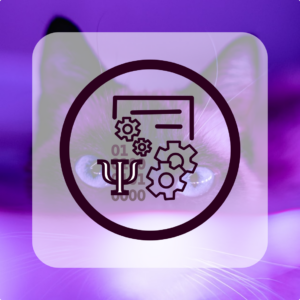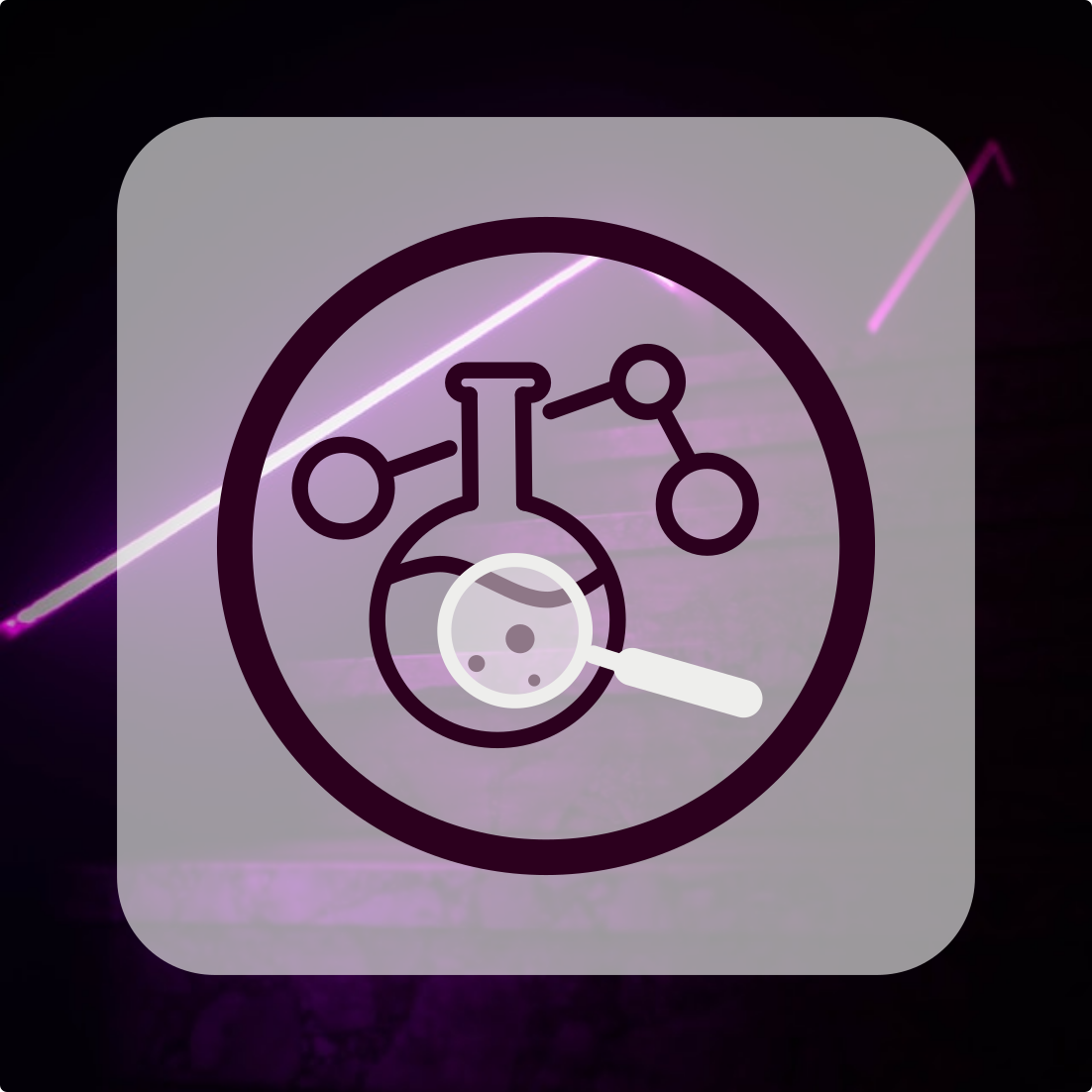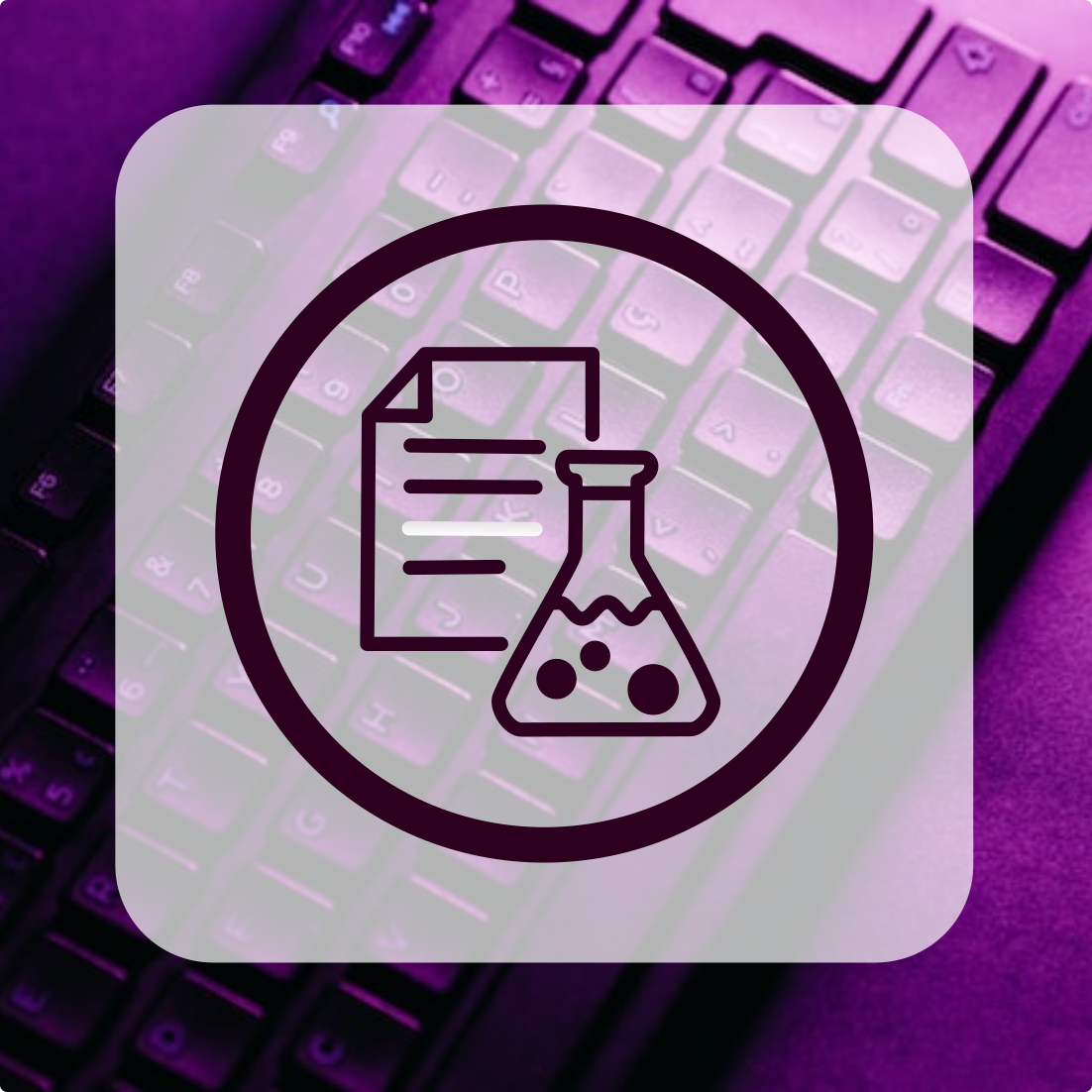Research
Welcome to our group, where we explore light-induced phenomena in molecules and materials. Our main focus centers on unraveling mechanisms through the synergy of quantum chemistry and chemoinformatics complemented by spectroscopy. Our investigation spans captivating phenomena such as:
- photocatalysis
- photoswitching
- photodecaging
We explore the captivating realm of light-induced processes in chemistry, from electron transfers to isomerization. Our interdisciplinary approach merges quantum chemistry, chemoinformatics, and spectroscopy. By decoding molecular reactions and pathways using advanced computational methods, we strive to unlock the secrets of photoinduced phenomena. Our mission is to guide the optimization of light-driven processes, achieving enhanced reactivity and efficiency.
 |
Quantum PhotoAlchemyWe are a group that combines the fields of quantum chemistry and machine learning to explore the mechanisms behind photochemical reactions. Our aim is to understand the unique reactivities and selectivities that arise upon photoexcitation of molecules. We use TD-DFT and MCSCF calculations, as well as non-adiabatic molecular dynamics simulations, to investigate these mechanisms. Our work involves independent research and collaborations with partners worldwide. |
 |
Unraveling MechanismsIn our research group, we are dedicated to tackling the intricate challenges that arise when dealing with mechanistic modeling of multivariate data, especially those exceeding three dimensions. The underlying complexities can often obscure the mechanisms at play. Our mission is clear: to unravel this complexity. We focus on extracting invaluable mechanistic insights from multivariate spectroscopic data, with a specific emphasis on time-resolved spectra. To achieve this, we harness the power of chemometric and machine learning techniques. Through methods like multivariate curve resolution, principal component analysis, and neural networks, we aim to decode the underlying mechanisms. |
 |
Spot-On DesignOur group specializes in the challenging realm of predicting photoinduced phenomena: While machine learning architectures achieve accurate predictions, building vast chemical databases from quantum chemical reference calculations poses limitations. Our mission is to transfer knowledge gained from simulations into processing experimental data, and vice versa, enabling us to systematically calculate relevant structures. Through automated knowledge transfer between quantum chemistry and multivariate modeling of experimental data, we develop fast workflows for understanding and optimizing excited state properties. Our goal is to construct comprehensive databases and data-driven strategies for designing molecules and materials with desired excited state properties, such as optical characteristics. |
-
Excited-state phenomena: Unraveling structure-property relationships across dimensions
(Third Party Funds Group – Sub project)
Overall project: SFB 1719: Next-generation printed semiconductors: Atomic-level engineering via molecular surface chemistry
Term: 1. October 2025 - 30. June 2029
Funding source: DFG / Sonderforschungsbereich (SFB)Project M2 is devoted to the development and application of approaches to elucidate and predict excited state phenomena in aggregates of varying numbers of atoms and molecules. This includes studying model systems throughout the molecular precursor-to-material pathway, from individual atoms and molecules to aggregates and extended systems such as two-dimensional (2D) materials on different length-scales (e.g., monolayers or multilayers), assembled molecules (e.g., dimers or monolayers), and molecules adsorbed or covalently bonded on surfaces. The primary focus will be on transition metal dichalcogenides, V-VI chalcogenides, and perovskites for materials, and photoswitches for molecular systems. To address this challenge, we will use a combination of ab initio quantum chemical methods, such as time-dependent density functional theory and many-body perturbation theory, along with data science techniques. This approach will help us to explore structure- and size-dependent properties of excited state phenomena, including electronic absorption and emission spectra and the yield and rate of certain photoinduced processes. The developed procedures will be critically validated through close collaboration with experimental spectroscopic projects, reinforcing our understanding of how certain structures determine the excited state properties of materials. -
Navigating the Odyssey of Photochemistry: Charting Efficient Strategies for the Prediction and Optimization of Light-Induced Triplet Energy Transfer Reactions
(Third Party Funds Single)
Term: 1. February 2025 - 31. January 2031
Funding source: Stiftungen
URL: https://hector-fellow-academy.de/spitzenforschung/hector-rcd-awardees/carolin-mueller/ -
PRISM: Photochemical Rules and Insights for Systematic Modeling
(FAU Funds)
Term: 1. December 2024 - 31. December 2025 -
Eco-PhotoCompute - Crafting Sustainable Strategies for Computational Photochemistry
(FAU Funds)
Term: 15. July 2024 - 15. July 2025

